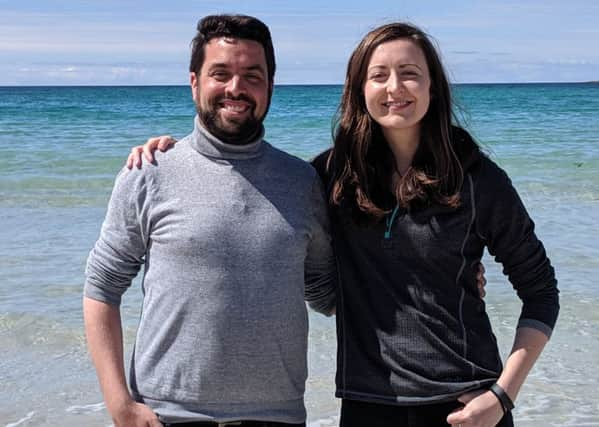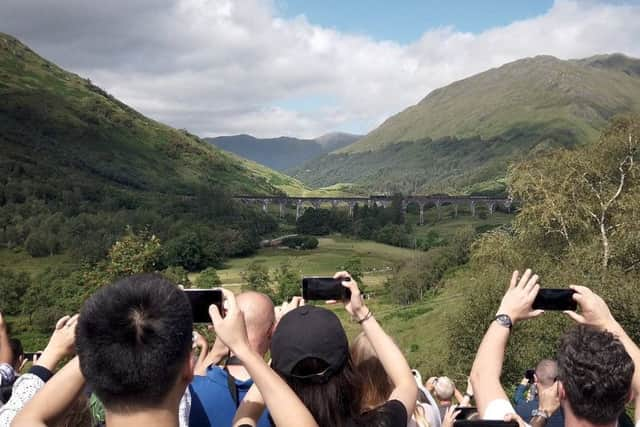Tourists ‘obsessed with likes’ are tarnishing historical Scottish landscapes


But now a powerful new short film is raising the alarm on how some of the nation’s most historic landscapes are being tarnished by social media.
A travel writer and a tour guide have joined forces to raise concerns and questions about the damage being done by “digital tourism”.
Advertisement
Hide AdAdvertisement
Hide AdThey have warned that bucket-list trips and “a race for retweets and likes” is affecting the way many remote places in the Highlands are now being experienced by droves of visitors.


The five-minute film highlights Glenfinnan and Glencoe, which have seen visitor numbers soar thanks to their links with Outlander and Harry Potter, as two examples of tourism hotspots said to have become “temporary check-ins for photo-taking tourists”.
Blogger Laura Brown and Nicolas Loisel, founder of the E-City Chauffeur company, created the film based on a road trip to the Highlands after joining forces to create the “Hashtag Scotland project” to air their views.
They are urging visitors to Scotland to ditch bucket list itineraries and embrace the concept of “slow tourism” by trying to “see less and see it better”.
Speaking on the film, which has been posted on YouTube, Loisel states: “We are all ticking locations off our bucket list. We are all seeking that wonderful shot in order to show the world where we have been. At times, travel can seem like a race to collect photos and it is starting to deeply affect the way we experience these places. Is there a better and more sustainable way to travel in Scotland? Should we see less and see it better?”
In her voiceover, Brown states: “Scotland is one of the world’s most beautiful places. In 2017 more than three million overseas visitors came to Scotland to see its beauty for themselves. It is a beauty that travellers are keen to share more and more. But it is not without consequences. We want to explore how technology is changing the way we travel.
“How do we interact with Scotland’s ancient landscapes? How do we share our travels online? And most of all, how does this affect the very beauty we are seeking to experience when we are here? Should we insert ourselves in the landscapes, or just disconnect and breathe it all in?”
Loisel said: “We both see travel as something enriching, as an activity that can give us amazing memories, experiences and make us come home with a new vision of the world. This unfortunately does not happen if we’re scrolling on our phones all the way.
Advertisement
Hide AdAdvertisement
Hide Ad“Social media and the quest for online popularity are partly to blame for the frame of mind that pushes us to relentlessly publish our travels online. Some people are aggressive behind the wheel, especially on single track roads, are taking selfies or plainly stopping in the middle of an A-road, and are oblivious to the dangers.
“We’re arguing that travelling is more than taking a series of snapshots, that it’s more about the memories you make along the way, that it’s more about spending time somewhere, about taking an unexpected turn, rather than rushing through a country.”
Writing on her own blog, Brown said: “What does it mean that we curate our lives – especially travel – for broadcast on social media?
“Does this behaviour change, influence or filter the way that we therefore see and experience Scotland and its landscapes? I don’t believe we can reap the full benefits of the beauty of a place if we’re racing for likes, shares or the tick-box travel photo.”
https://www.youtube.com/watch?v=eCDlubykMuE